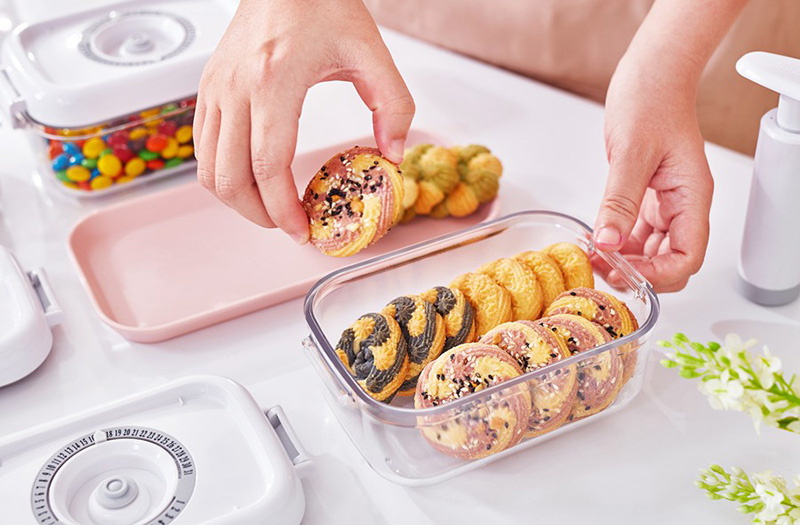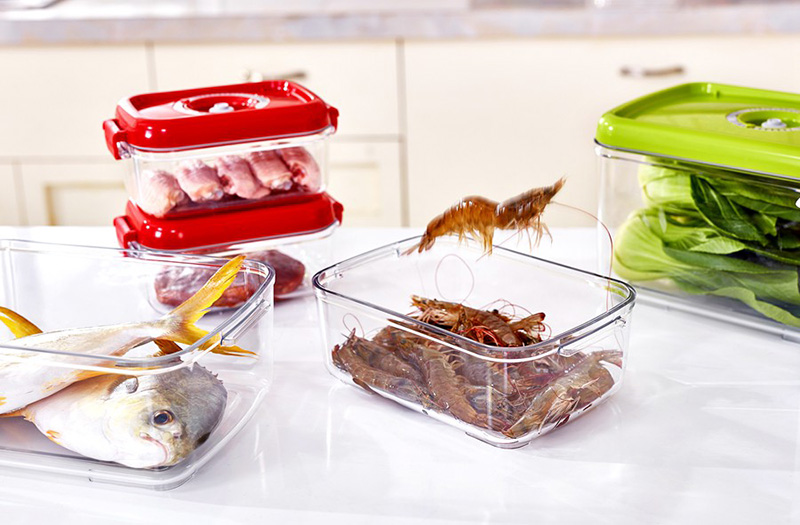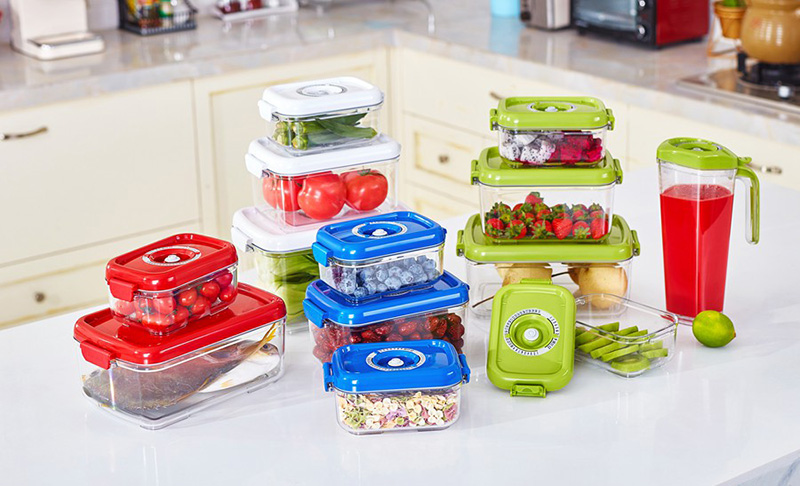As awareness of food safety increases, when purchasing storage boxes, in addition to considering color, style, and size, the material’s environmental friendliness and heat resistance have also become important factors. The glassware we use in daily life comes in different types. Ordinary glassware is only suitable for general use, tempered glass is mainly used in construction and home decoration, and heat-resistant glass is required for high-temperature heating. The drawback of glassware is that it is relatively heavy and fragile.

Microwave-safe plastic storage boxes are mainly made of PP (polypropylene) or other heat-resistant materials. As long as the temperature does not exceed their heat-resistant limit, plastic containers can safely go into the microwave. Generally, plastic products have seven plastic identification codes. For example, code 1 plastic is used for water bottles, code 2 is mainly for food packaging bags, and so on. Code 5 plastic, made primarily of polypropylene (PP), can withstand temperatures up to 130°C (266°F). Among code 7 plastics, Tritan is also a heat-resistant material that can endure temperatures around 115°C (239°F). Therefore, storage boxes made of PP and Tritan are suitable for microwave heating.

LifePod vacuum storage boxes are made from Tritan material, which is BPA-free and is specified by European and American countries as a baby food-grade material. Tritan is lightweight, strong, pressure-resistant, and shatter-resistant, making it ideal for microwave heating and refrigeration (suitable for use in both the fridge and microwave), and is especially convenient for office workers to carry lunch to work. When choosing plastic storage boxes, look for “BPA FREE” and the microwave-safe symbol at the bottom. These indicators show that the material will not release harmful substances like BPA under high temperatures, ensuring it is suitable for microwave use. However, avoid prolonged high-temperature heating during use.

Telephone: +852-2690 5678
Fax: +852-2687 6356
Mailbox: wiseind@wiseind.com.hk
address: Room 43,17/F,Block F,Wah Lok Industrial Centre(Phase II) No.31-35 Shan Mei Street,Fotan,N.T.,Hong Kong.